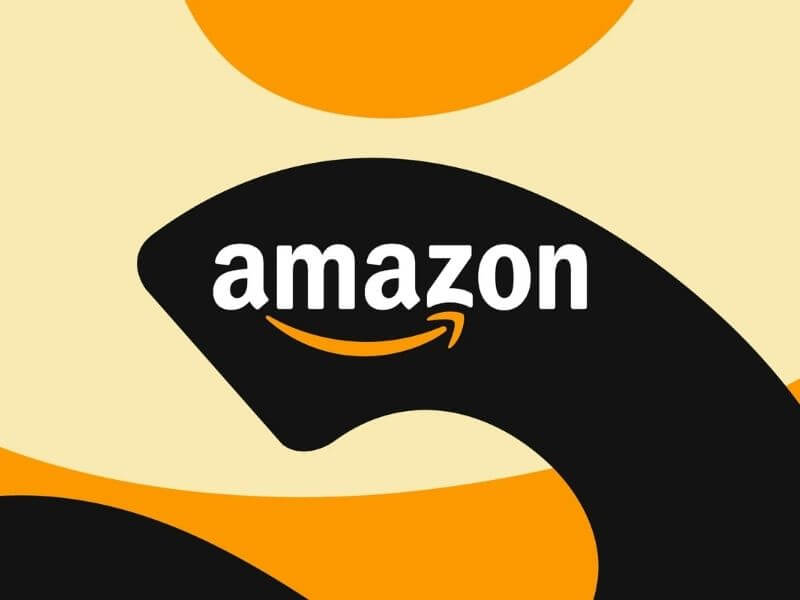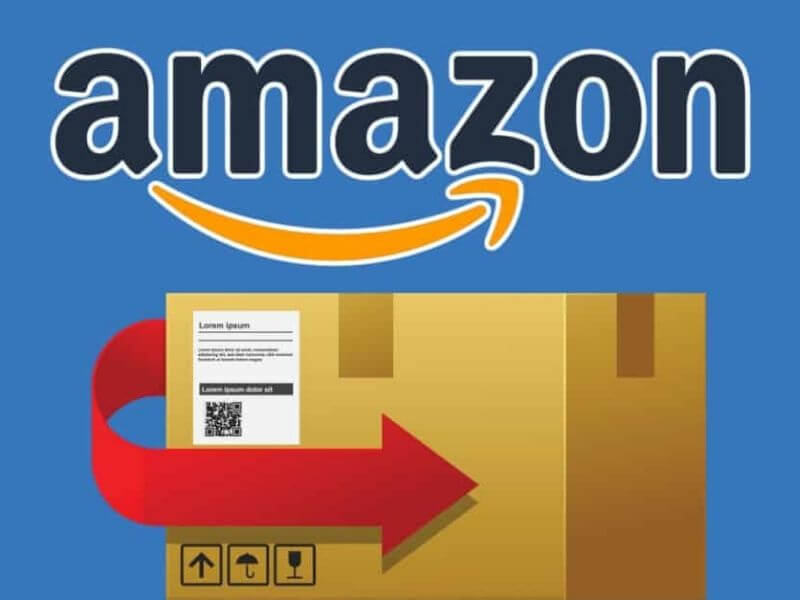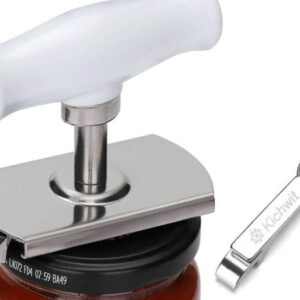Amazon is changing its return policy to cut costs? Amazon is changing its returns policy for marketplace merchants that don’t use its fulfillment program. Third-party sellers who opt to ship orders themselves will be subject to the same rules as items shipped by Amazon: automatically approved returns and prepaid shipping labels.
That means a customer will no longer need to contact the merchant before returning an item for a refund and the seller won’t be able to talk to the buyer to see if the problem can be solved before the product is sent back.
In addition, once a return has been received, the seller must issue a refund to the buyer within two business days—or Amazon will do so and charge the amount to the seller’s account.
If this update affects you, don’t panic—there’s more to it than meets the eye. Here’s what you need to know.

Amazon is changing its return policy to cut costs?
Amazon has changed its return policy in an effort to cut down on costs. Amazon customers used to be able to drop off returns at UPS stores free of charge, but now the world’s largest online retailer will charge some of its customers a fee for this service.
A $1 fee will be added if customers have another free return option that’s the same distance away or closer, Business Insider reported. However, A free option is still available.
“We always offer a free option for customers to return their item,” Amazon spokesperson Steve Kelly wrote to Insider by email. “If a customer would prefer to return their item at a UPS Store when there is a free option closer to their delivery address, a very small amount of customers may incur a $1 fee.”
Amazon has several free drop-off locations scattered throughout the country, including Whole Foods, Kohl’s and Amazon stores. The Information pointed out that the company already charged customers for home pick-up by UPS or to drop off packages at UPS Access Points located inside third-party businesses, as reported by Insider.
Retailers lose millions of dollars per year processing customer returns. For every $1 billion in sales, the average retailer incurs $165 million in merchandise returns, according to data from the National Retail Federation.
Take Our Poll: Would You Move for a Job That Paid You a $10,000 Signing Bonus?
Amazon also recently introduced a badge that marks frequently returned items. This new badge has the phrase “frequently returned item,” which notifies customers to check the product details and reviews on items with significantly higher return rates, USA Today reported in March.
The e-commerce giant indicated most items under 50 lbs. from Amazon.com have a free return option. Look for “Free returns” next to the price to confirm that it qualifies.
Why Amazon is changing its returns policy
According to an email received recently by sellers who manage their own fulfillment, Amazon is rolling out this change to “reduce the effort required to manage your returns and decrease your customer Return Dissatisfaction Rate (RDR), thereby improving your ratings.”
Left unsaid here is the underlying reason for Amazon’s update: third-party sellers accounted for more than half of items sold on Amazon in the first half of 2017. Not to mention, the site’s hundreds of millions of shoppers expect a consistent experience across the board, whoever they’re purchasing from.
“Given that half of all online shoppers now look to see what sort of returns policy a seller has, Amazon is helping to level the playing field somewhat with FBA by implementing this policy—and third-party sellers may in fact benefit from higher sales,” says Barry Doyle, xSellco’s chief financial officer.
Basically, a policy that mirrors how Amazon handles returns for its own products, as well as those sold by FBA merchants, means that shoppers will receive a unified experience.

How the policy covers low-cost items?
Processing returns can often range between 20 percent and 65 percent of the cost of goods sold, as per UPS research. That’s why Amazon is also introducing “returnless refunds,” which the company has claimed is “highly requested” by sellers. The feature enables sellers to refund a buyer without taking back an item that could cost more to ship than it’s worth, or which would be hard to resell (read: if it broke in transit).
After all, there’s more to returns than the cost of shipping. You also incur fees around the processing of the refund back onto the buyer’s card (and the time involved in managing and recording that), then you need someone to check the returned item for damage and decide whether it can be resold. If it can, you might have to reprice it to cover the cost of handling the return or swallow the loss; if it can’t, there’s the cost of disposing of it.
“Returns are an expensive business that many companies don’t truly measure the cost of, so the ability to have returnless refunds can often be more cost-effective than a return refund,” Barry says.
What sellers can do to avoid being scammed
If you’re worried about shoppers taking advantage and sending items back simply because they’ve been struck by a case of buyer’s remorse or found a better deal elsewhere, don’t worry—there are actions you can take to prevent it.
Amazon has advised merchants to request to have certain SKUs in their inventory excluded from the policy, such as those that are large, heavy, or expensive to ship.
In addition, sellers have the option to deduct the cost of return shipping from the refund for customer-fault returns, as well as the opportunity to charge a restocking fee of between 20 percent and 50 percent (a system that was already in place) to account for normal wear-and-tear in the back and forth.
Sellers can also appeal return disputes directly to Amazon. That being said, in instances where a buyer requests a return because the item they received was not what they ordered, the seller will have to cough up and provide a full refund.
But don’t forget buyers who request refunds excessively typically get banned from shopping on Amazon. It’s also worth noting that just because buyers can return their purchases without approval and receive a refund doesn’t necessarily mean that they will.

Above is information about Amazon is changing its return policy to cut costs? that we have compiled. Hopefully, through the above content, you have a more detailed understanding of Amazon is changing its return policy to cut costs. Thank you for reading our post.








